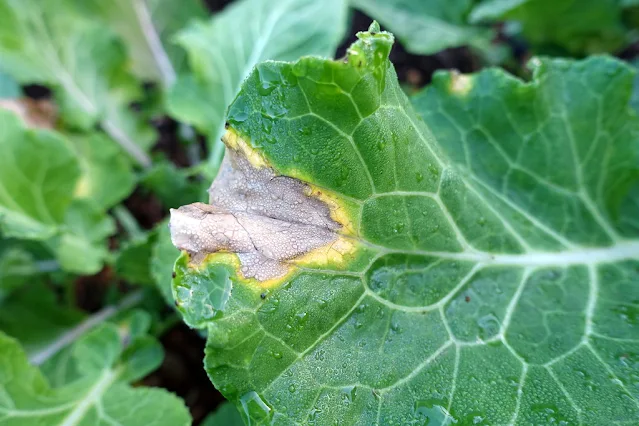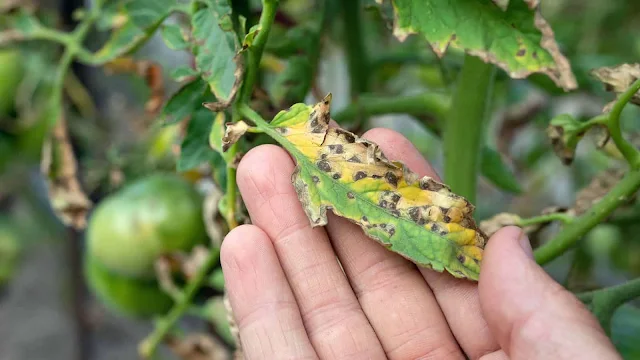How To Treat Xanthomonas
Exploring Natural Approaches to Treat Xanthomonas: A Path to Plant Health
Introduction
In the vibrant world of horticulture, plant diseases often stand as formidable challenges that can disrupt the beauty and vitality of our gardens. One such ailment that has garnered attention in recent years is Xanthomonas, a bacterial infection affecting various plants. But fret not; there are effective, natural ways to manage and treat Xanthomonas without resorting to harsh chemicals. In this article, we will delve into the world of Xanthomonas and discover some unique and relaxed approaches to nursing your plants back to health.
Understanding Xanthomonas
Xanthomonas, though not as commonly known as some other plant diseases, can wreak havoc on various plant species, especially those in the Solanaceae and Brassicaceae families. This bacterial pathogen typically manifests in the form of leaf spots, wilting, and yellowing of the plant's leaves. If left untreated, it can lead to severe damage or even the death of the plant.
1. Promote Good Hygiene Practices
One of the key factors in managing Xanthomonas is maintaining a clean and healthy growing environment. Start by removing any infected or dead plant material. Pruning and disposing of affected leaves can help prevent the spread of the bacteria. Also, make sure to clean your gardening tools between uses to avoid cross-contamination.
2. Opt for Disease-Resistant Varieties
Choosing plant varieties with natural resistance to Xanthomonas can be a proactive approach to preventing its occurrence. Many plant breeders have developed resistant strains that can withstand the bacteria's attack, reducing the chances of infection.
3. Improve Plant Nutrition
Healthy plants are more resistant to diseases. Ensuring your plants receive proper nutrition is a crucial aspect of warding off Xanthomonas. Use balanced fertilizers and ensure your soil is well-draining to prevent waterlogged roots, which can make plants more susceptible to infection.
4. Promote Natural Predators
Incorporating natural predators of Xanthomonas, such as ladybugs and parasitic wasps, into your garden can help keep the bacterial population in check. These beneficial insects can be a formidable weapon against Xanthomonas without the need for harsh chemicals.
5. Enhance Plant Immunity with Biostimulants
Biostimulants are a lesser-known but effective way to boost a plant's immune system. These organic compounds contain essential nutrients and beneficial microorganisms that can help your plants ward off diseases naturally. They come in various forms, from foliar sprays to soil applications, and are readily available in most garden centers.
6. Copper-Based Sprays
While we aim for natural remedies, copper-based sprays can be a useful tool against Xanthomonas. These sprays, typically made from copper sulfate or copper hydroxide, are considered organic and can help manage the disease effectively.
7. Maintain Proper Air Circulation
Ensuring that your plants have proper air circulation is essential in preventing Xanthomonas. Avoid overcrowding your garden, as this can create a humid environment conducive to bacterial growth. Prune your plants regularly to allow for better air movement.
Conclusion
Xanthomonas, while a formidable foe in the world of gardening, can be effectively managed with a range of natural and relaxed approaches. By maintaining good hygiene practices, choosing resistant plant varieties, providing proper nutrition, and embracing beneficial insects, you can help your plants resist the grasp of this bacterial disease. And, for those instances when you need a little extra help, organic solutions like biostimulants and copper-based sprays can come to the rescue.
In your quest for a thriving garden, remember that the key to treating Xanthomonas lies in prevention and early intervention. With patience, a bit of knowledge, and a relaxed approach, you can enjoy a lush, disease-free garden while staying true to your commitment to eco-friendly and sustainable practices.


Post a Comment for "How To Treat Xanthomonas"